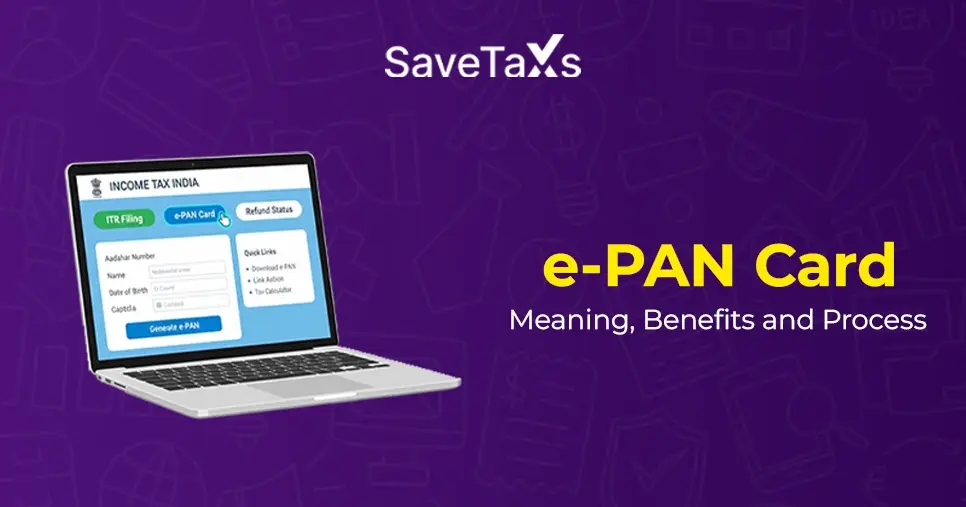- Key Takeaways
- What is an S corporation?
- How Does an S-Corp Function
- Internal Revenue Service (IRS) Requirements of an S Corp.
- How to set up an S Corp
- Post S Corp setup requirements.
- What are the Advantages and Disadvantages of an S Corporation
- Limited Liability Company Vs S Corp
- C Corp vs S Corp
- S Corporation US Income Tax Return
- Explain S Corp, Like I'm 5
- Elect As An S-Corp with The Help Of US Business Tax Experts.
An S corporation is a type of business structure that allows small businesses to avoid being taxed twice. Being a pass-through entity, S corporations commonly do not pay federal taxes because their income, deductions, tax credits, and losses are "passed through" to the shareholders. Shareholders then file their share of income, deductions, and credits on their personal return.
In this blog, we will discuss all about S corporations, their key characteristics, the types of advantages they offer to small businesses, and more.
Key Takeaways
-
An S corporation is also understood as an S subchapter. It is a type of legal business structure that is quite prevalent in the US small business industry.
- Any S corporation with fewer than 100 shareholders is exempt from corporate income tax and is taxed as a partnership.
- Both the LLCs and S corporations are pass-through entities, which means they do not pay any taxes at the corporate level.
- S corporations impose liability on their shareholders.
- Every fiscal year, the S corporations must file Form 1120-S to report their income, gains, deductions, credits, and losses to the Internal Revenue Service. Along with this, every shareholder of the S corporation is provided with a Schedule K-1, which includes details about each shareholder, their share of business profits and losses.
What is an S corporation?
An S corporation is a type of business structure permitted under Subchapter S of the Internal Revenue Code. The tax code allows the business to pass its taxable income, including credits, deductions, and losses, to its shareholders for federal tax purposes.
An S-Corp type of legal business entity is often the first choice for small businesses because it combines the tax benefits of a sole proprietorship or partnership with the liability protection of a C corporation.
S Corporations are easy to manage and set up, making them a favourable option for small to medium-sized businesses.
How Does an S-Corp Function
An S corporation derives its name from Subchapter S of the Internal Revenue Service Code, under which it is elected and taxed.
Formation And Election
An S corporation is formed and elected when a business legally registers itself with the state as an S corporation. Assuming all the eligibility requirements are met, the business then files Form 2553 to elect S corporation status.
Form 2553, also known as the "Election by a Small Business Corporation," is submitted to the IRS.
Ownership of an S Corp
The number of shares a shareholder holds determines their ownership in the S corporation. The board of directors is elected and is responsible for overseeing the entire management of the business.
The BOD then appoints the executives who are responsible for managing the daily business operations of the S corporations.
Distribution of Profits
The profit distributions in S corporations happen through salaries, distributions of profits, or both. To comply with payroll taxes, the corporation pays a salary to its shareholders.
Pass-Through Entity Taxation
One major advantage an S corporation has is that it helps avoid double taxation, as the S corporation is a business entity that does not pay federal corporate income tax itself. The income, profits, losses, credits, and deductions are passed through to the company's shareholders, who then report them on their personal income tax returns.
In simpler terms, each shareholder files their share of S corporation profits, losses, and credits on their personal US income tax return and pays the taxes at their individual income tax rate.
Limited Liability
Shareholders of an S corporation generally have limited liability protection. This is, and the personal assets of the shareholders generally receive priority over the company's liabilities and debts.
Internal Revenue Service (IRS) Requirements of an S Corp.
To qualify for S corporation status, you must meet the certification requirements established by the Internal Revenue Service (IRS).
- The business must be incorporated domestically within the United States.
- The business must only have one class of stock.
- The business cannot have more than 100 shareholders.
- The shareholders of an S corporation must meet specific eligibility criteria, such as being individuals; corporations, nonresident aliens, and other partnerships are not eligible to be shareholders of an S corporation.
How to set up an S Corp
A business entity must be incorporated to get an S corporation status.
The business submits the Form 2553 with the Internal Revenue Service (IRS), as this form is known as the Election by a Small Business Corporation.
A business entity will only be accepted as an S corporation if it meets all the requirements.
Lastly, apply for an EIN through the official website of the Internal Revenue Service (IRS). However, if you already have an EIN for the business, you might get a new one for the S corporation.
For better clarity, it is advisable to consult a legal business tax expert in the US.
Post S Corp setup requirements.
Once the S corporation has been elected, the business must comply with some requirements to ensure the smooth sailing of the business. Such requirements are:
S Corps must have annual board meetings to follow and abide by the corporate formalities.
The S Corps must maintain detailed corporate records of all the transactions taking place, minutes of the meetings, nd detailed information about the shareholders.
The S Corps must file an annual income tax return using Form 1120-S and submit Schedule K-1s for every shareholder. The schedule must report the shareholder's share of income in the company, tax credits, income, and deductions.
What are the Advantages and Disadvantages of an S Corporation
With numerous advantages that an S Corp offers, it also has a few disadvantages. Let's take a brief look at all of them.
Advantages of an S Corp
- Corporate Tax Saving: As an S Corp, you do not have to pay federal taxes at the corporate level. Saving such a significant amount of money is beneficial for the business, especially in its early years.
- Corporate Dividends: The shareholders of an S corporation are also the company's employees who earn salaries and receive corporate dividends, which are tax-free in a sense if the distribution does not exceed the shareholder's stock basis. The amount that exceeds the stock basis must be taxed as capital gains.
- Easy Asset Transfers: S corporations are permitted to transfer interests or adjust property bases easily, without having to comply with complex accounting rules or face any tax consequences for doing so.
- Establish Credibility: S corporations can further help establish credibility with potential suppliers, investors, employees, and customers by demonstrating that the owners are committed to the company.
Disadvantages of an S Corp
- IRS Security: The IRS scrutinizes how S Corps pay their employees and shareholders. This is done because, to avoid paying payroll taxes, S corporations often disguise salaries as corporate distributions. It is stated that the S corporation must pay reasonable salaries to its employees and shareholders before making any distributions.
- Restricted Distribution Rules: The profit and losses must be allocated to shareholders strictly in proportion to the number of shares or percentage of ownership each shareholder holds.
- Growth Limitation: The S Corp regulatory framework imposes limitations on the number and nature of shareholders, which can be burdensome in the long term, particularly for businesses growing rapidly and seeking to attract institutional investors or venture capital.
- Removal of S Corp by IRS: The IRS can terminate an S Corp if the business entity fails to allocate its profits/losses accurately among the shareholders. Another reason for termination can be non-compliance with the rules set for an S Corp, as well as making mistakes in the Election, consent, or filing of the return, among other issues.
Limited Liability Company Vs S Corp
Like an S Corp, a limited liability company (LLC) is also a typical business entity structure for small businesses.
Apart from being a standard go-to business structure for small businesses, the LLC and S Corps also share other characteristics, such as both being pass-through entities. Hence, neither of them pays corporate taxes.
Similar to S corporation owners, LLCs also have tax benefits due to the Jobs Act and tax cuts, as both are pass-through entities.
However, one significant difference between the two is that LLCs are far more flexible than S Corps, as they aren't subject to the IRS regulatory framework regarding the nature of shareholders or owners. Apart from the LLCs, they are also flexible in terms of federal or state rules regarding governance, distributions of funds, or procedures.
Additionally, the LLCs allocate their profits and losses in whatever proportion they wish.
C Corp vs S Corp
The C corporation is required to pay the corporate income taxes at the flat rate of 21%. Any profits or dividends earned are then distributed among the respective shareholders after tax funds.
Whereas S corporations are largely exempt from the federal tax, which means more gains are distributed to the shareholders. However, S Corps also face certain IRS-mandated restrictions.
S Corporation US Income Tax Return
As we know, S corporations are primarily exempt from paying corporate tax; however, they are still required to report their earnings to the federal government and file their income tax returns.
S corporations use Form 1120-S to file their income tax return. The Form 1120-S is filed along with Schedule K-1, which describes the percentage of shares owned by each shareholder of the company. Form 1120-S represents the income, profits, losses, dividends, and distributions of the company.
An S corporation files its income tax return only once a year, unlike a C corporation, which files quarterly tax returns.
Explain S Corp, Like I'm 5
An S corporation, also known as an S Corp, is a business entity structure where the business itself does not pay corporate tax. Instead, the income generated by the business is distributed to the business's shareholders, who then pay personal income tax on their share of the distribution.
Doing so avoids the double taxation that occurs when the business is taxed on the income generated. Then, when the income is distributed to the respective shareholders, they are taxed on it again while filing their personal income tax return.
Apart from corporate tax, the S corporation structure also helps reduce other taxes, such as the self-employment tax. However, this is to ensure that the S corporation comes with its own set of rules and paperwork that must be followed to comply with the Internal Revenue Service (IRS) regulations.
Elect As An S-Corp with The Help Of US Business Tax Experts.
By now, we have understood that S Corps are a common business entity type recommended for small business owners. Such corporations offer various tax benefits of partnerships while providing the limited liability protection of an S corporation.
These corporations, however, are relatively easy to set up. Nevertheless, as an individual unfamiliar with the IRS regulatory framework governing S corporations, it may feel overwhelming.
That is when Savetaxs steps in as a helping hand to assist NRIs in the US and US citizens/residents in setting up an S corporation that complies with the regulatory framework established by the IRS.
As a leading business tax expert, we have helped thousands of US citizens and NRIs over time to help establish a legitimate business in the United States and later handle the taxation part for each. Our satisfied client base is all about happy US clients.
Savetaxs is serving its customers 24/7 across all time zones, so connect with us today because the next business we'll be setting up in the United States could be yours.
Miss Sanskriti is a certified Tax Expert. She has her expertise in US GAAP, Taxation, SOX, IRS, Accounting, and Auditing standards. Miss Saxena is an intellectual blend of a high-end auditor, tax consultant, and accountant
- Self Employment Tax: Meaning & How To File It
- Difference Between Residents And Non-Residents Aliens And Their Taxes
- 9 US States With No Income Tax
- What is Adjusted Gross Income (AGI)?
- What is Form 1040-NR
- What Is Earned Income & the Earned Income Credit?
- Everything to Know About the 1040-SR Form for Filing Seniors
- Standard Deduction vs Itemized Deduction - Which One To Choose
- What is IRS Tax Form 1120?
- Know Your Tax Deadlines for 2025: When and Where to File?
Want to read more? Explore Blogs
Frequently Asked Questions
No matter what your source of income is, we've got you covered. There’s a plan for everybody!
To attain an S Corp status, a business must:
- Be incorporated in the United States.
- Have no more than 100 shareholders.
- Issues only one class stock and
- Have shareholders who are individuals, certain estates and trusts, or a qualifying tax-exempt organization.
Similar to a C corp and S corp, they also adhere to corporate formalities such as:
- Having a board of directors.
- Formulating the corporate bylaws
- Holding shareholder and director meetings,
- Maintaining the minutes of the meeting and issuing formal stock.
Some major challenges of an S Corporation include:
- There are strict restrictions on the category and the number of shareholders.
- S corporations must fulfill the requirement to pay shareholders and employees a reasonable salary before distributing profits.
- The S corporation has an administrative burden of maintaining the corporate formalities.
- S Corporations also face the risk of IRS scrutiny if they have misreported the salary vs profit distribution.
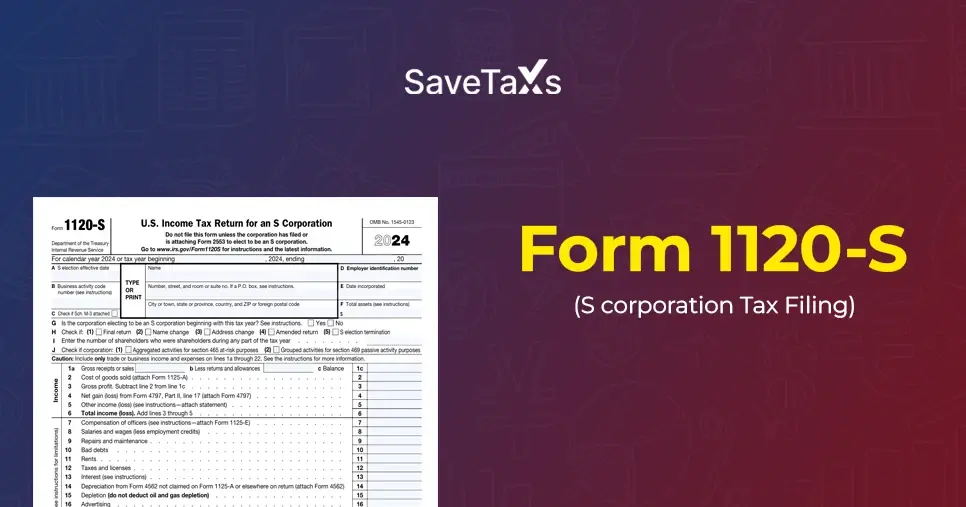







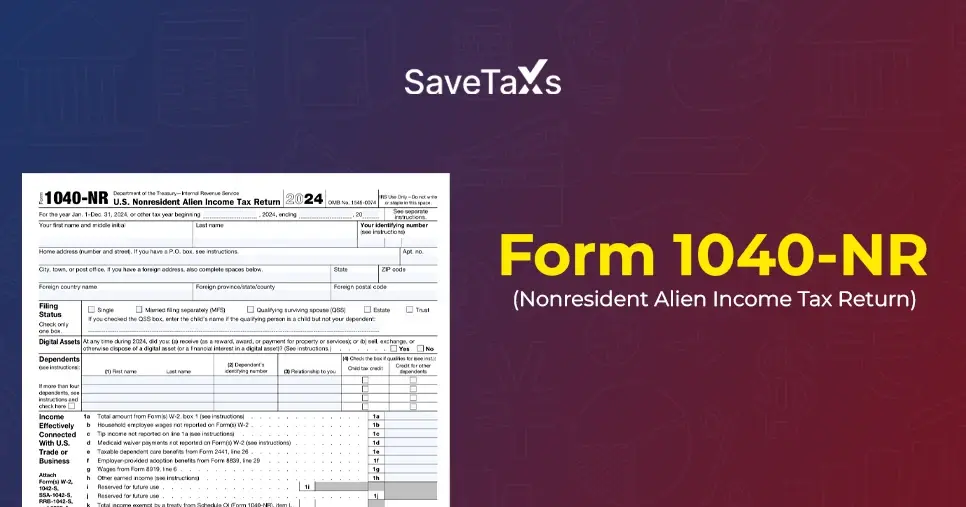

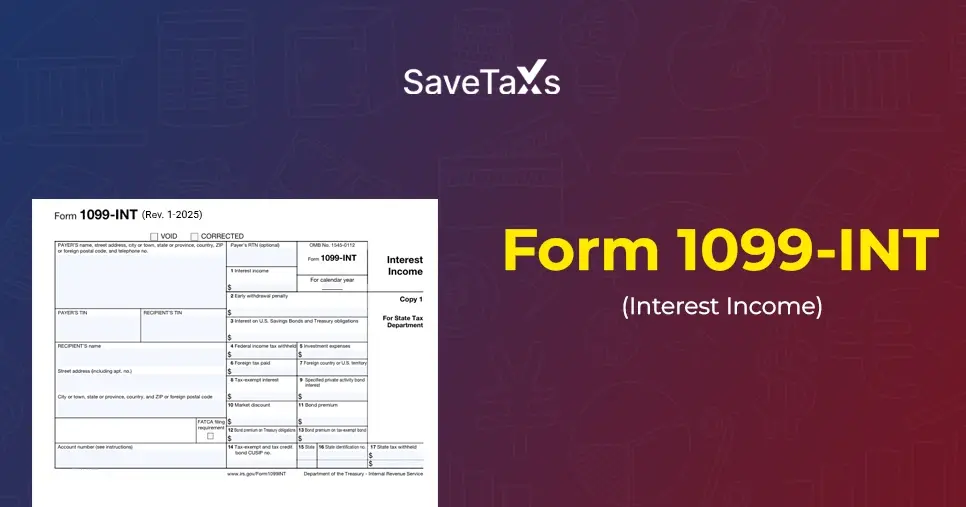
_1760618042.webp)
-plan_1761282887.webp)

